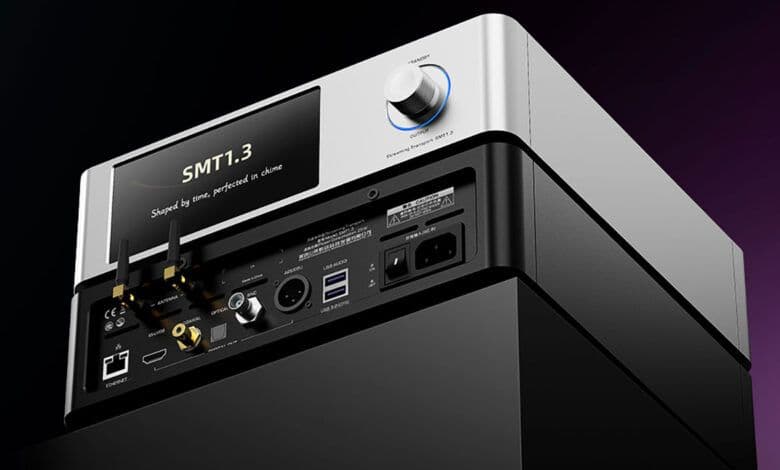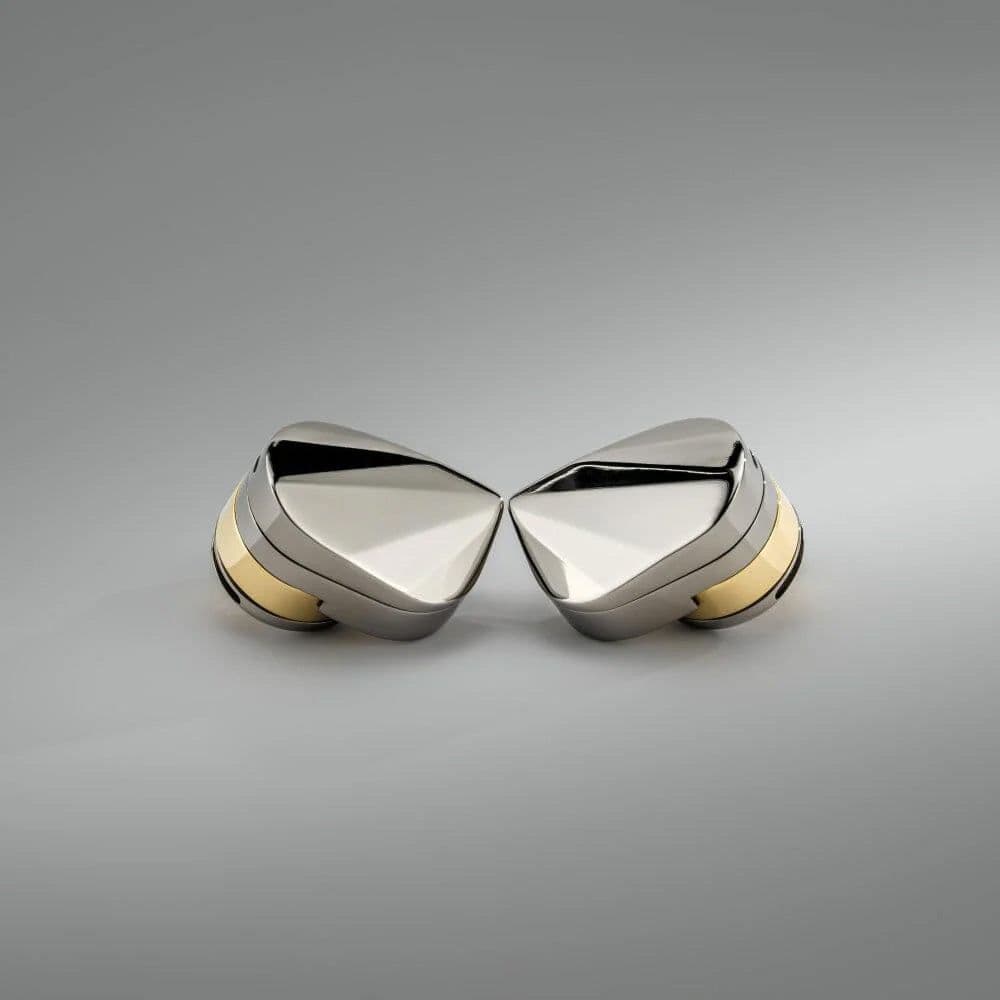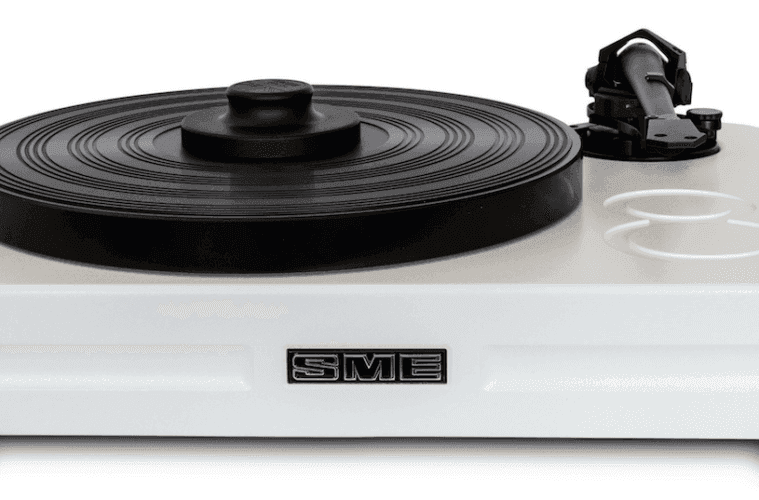The Marantz SM-5 is a sophisticated stereo power amplifier designed for high-performance audio applications, released in 1994. It features a low-impedance drive design that ensures adequate current supply, allowing it to handle low-impedance speakers effectively without compromising on performance. The SM-5 is equipped with six NEW HDAM (Hyper Dynamic Amplification Module) units, utilizing a 4-layer board structure that enhances circuit speed and stability while achieving a high signal-to-noise ratio (S/N). The output stage comprises high-frequency large power transistors configured in a parallel push-pull mode. The device showcases a substantial rated output of 200W per channel at 4 ohms and 100W at 8 ohms, with a peak output of 400W in Bridge-Tied Load (BTL) mode. With a minimal total harmonic distortion factor of just 0.005%, the SM-5 promises clear and accurate sound reproduction across a frequency range of 10 Hz to 100 kHz. It includes features such as two unbalanced inputs, a balanced input, and a DC input, with an input sensitivity of 1.5V and an impedance of 10k ohms. The amplifier also possesses a signal-to-noise ratio of 120dB and is designed with high-density vibration damping through a copper-plated zinc die-cast chassis and thick aluminum panels. The power consumption of the SM-5 is rated at 500W, and its external dimensions measure 454 mm in width, 201 mm in height, and 450 mm in depth, weighing 33 kg.









